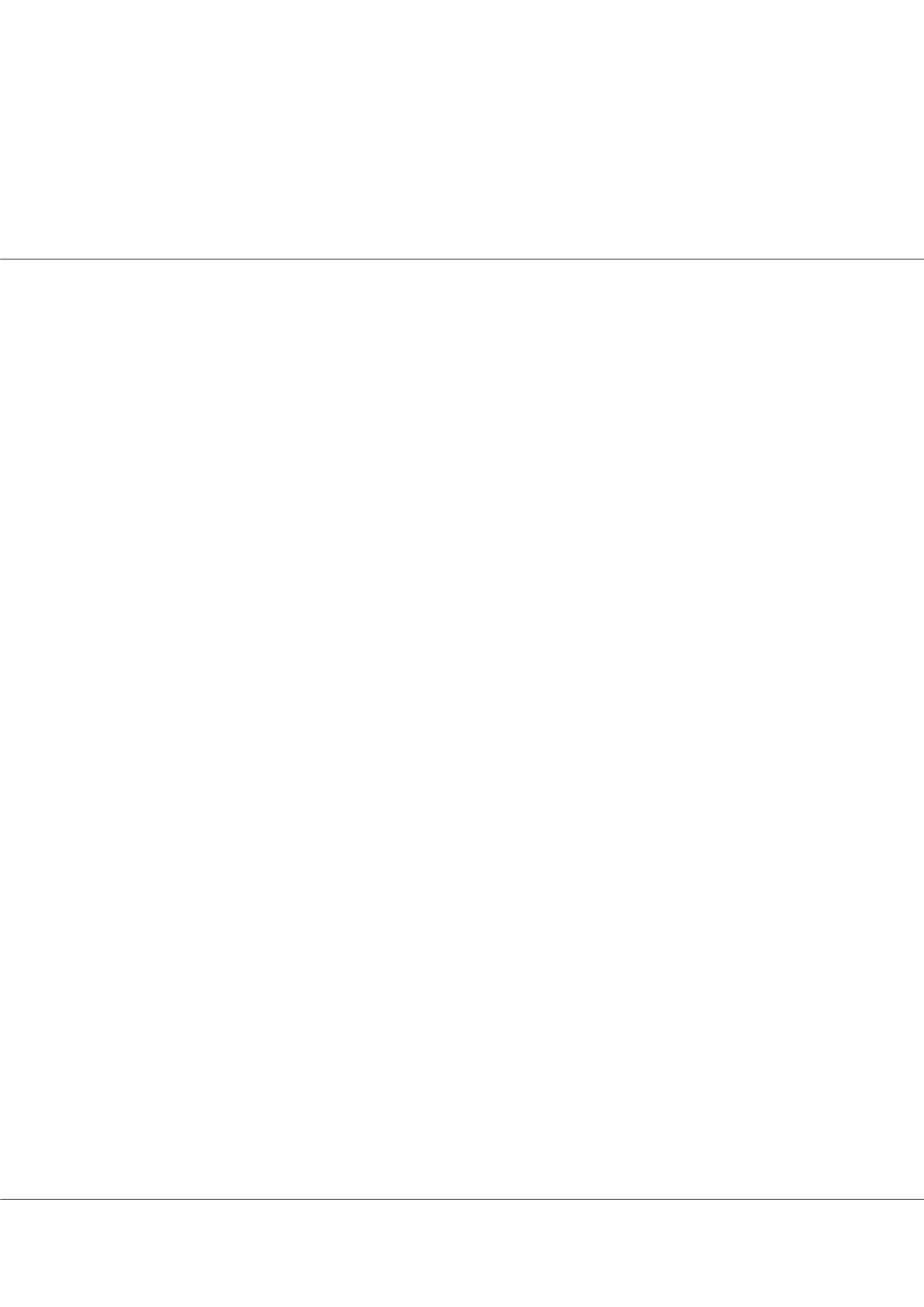

Page 53
conferenceseries
.com
Volume 8, Issue 9 (Suppl)
J AIDS Clin Res
ISSN: 2155-6113 JAR, an open access journal
STD Asia Pacific 2017
October 23-25, 2017
OCTOBER 23-25, 2017 OSAKA, JAPAN
7
TH
ASIA PACIFIC
STD and Infectious Diseases Congress
The Axshya Kiosks: An innovative model for increasing access to TB information and service, an
experience from India
Sajna Sarasita Nayak, Jaya Prasad Tripathy, Subrat Mohanty, Gayadhar Mallick and Pooja Agarwal
International Union Against Tuberculosis and Lung Diseases, India
T
here are issues related to having right information about disease, diagnostic procedures and treatment adherence,
accessibility to services by the affected community (daily wage earners, school children, industrial workers, PLHIVs) and
TB patients. Most important need is to align the time, place and observation to the patients' convenience. Under the program
TB patients are expected to take treatment under the observation of a DOT provider (community volunteer/health facility).
This process may not be convenient to the patient particularly for the patients who reside in urban slums. There is a need to
align the time, place and observation to patient convenience and making the process more respectful and flexible. Axshya
Kiosks are set up in public health facilities such as chest or district hospitals, medical colleges and community settings and in
and around densely populated urban zones and industrial areas where TB rates are higher. They offer services for extended
hours from 6 AM to 9 PM, during which time trained community volunteers administer TB treatment, collect sputum samples
and provide drop in consultations for patients and their families seeking information and counseling services. The Union’s
Project Axshya has established 97 tuberculosis (TB) treatment and information kiosks in 40 cities in India to provide better and
more patient-center care. The kiosks address the common challenges faced by the community, including the limited opening
hours of healthcare centers, difficulty in accessing care and a lack in personalized service. Patient-friendly diagnosis, treatment
adherence, treatment completion and success rate and decrease in default and failure rate for TB services through AKs. AKs
may complement DOTS in the long run to end TB. This model can be replicated by other countries as well.
snayak.hr@theunion.orgJ AIDS Clin Res 2017, 8:9 (Suppl)
DOI: 10.4172/2155-6113-C1-021
















